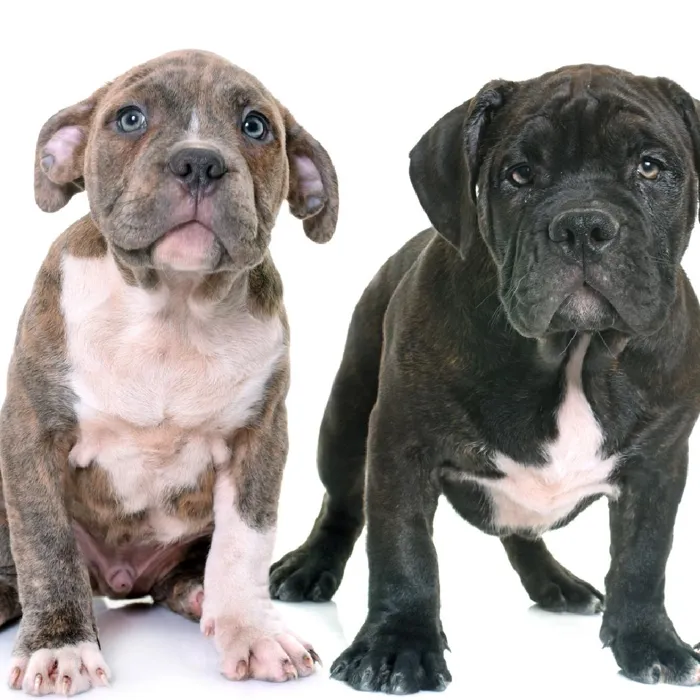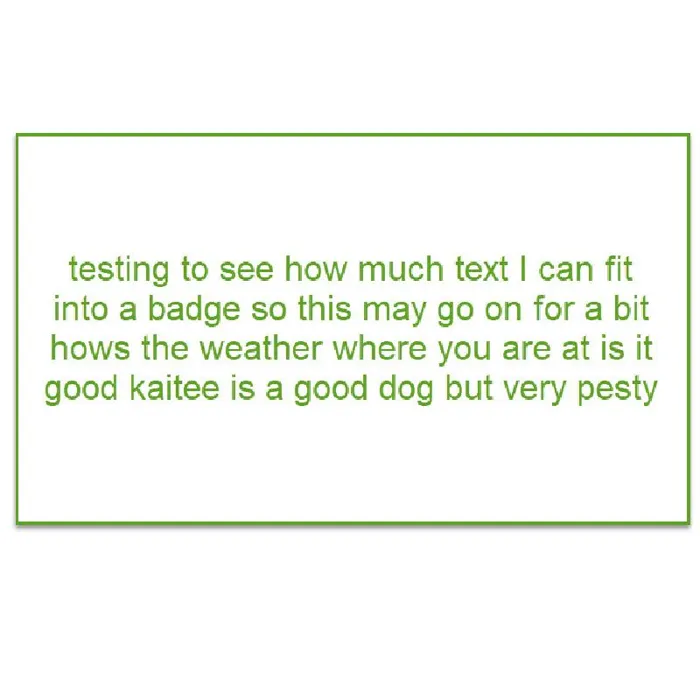American Staffordshire Terrier

The American Staffordshire Terrier, known to their fans as AmStaffs, are smart, confident, good-natured companions. Their courage is proverbial. A responsibly bred, well-socialized AmStaff is a loyal, trustworthy friend to the end.

Ask About American Staffordshire Terrier ?
Breed Traits
Pet traits are ranked on a scale of 1 to 10 with 1 being the lowest and 10 being the highest.
Group
Terrier
Temperament
About
History
Standard
Nutrition
Grooming
Exercise
Training
Health
General Impression
The American Staffordshire Terrier should give the impression of great strength for his size, a well put-together dog, muscular, but agile and graceful, keenly alive to his surroundings. He should be stocky, not long-legged or racy in outline. His courage is proverbial.
Head
Neck, Topline, Body
Tail
Hindquarters
Feet
Coat
Color
Size, Proportion, Substance
Faults
Available Puppies
All pets have found there homes! Sign up to be notified when new pets are added so you don't miss out.


